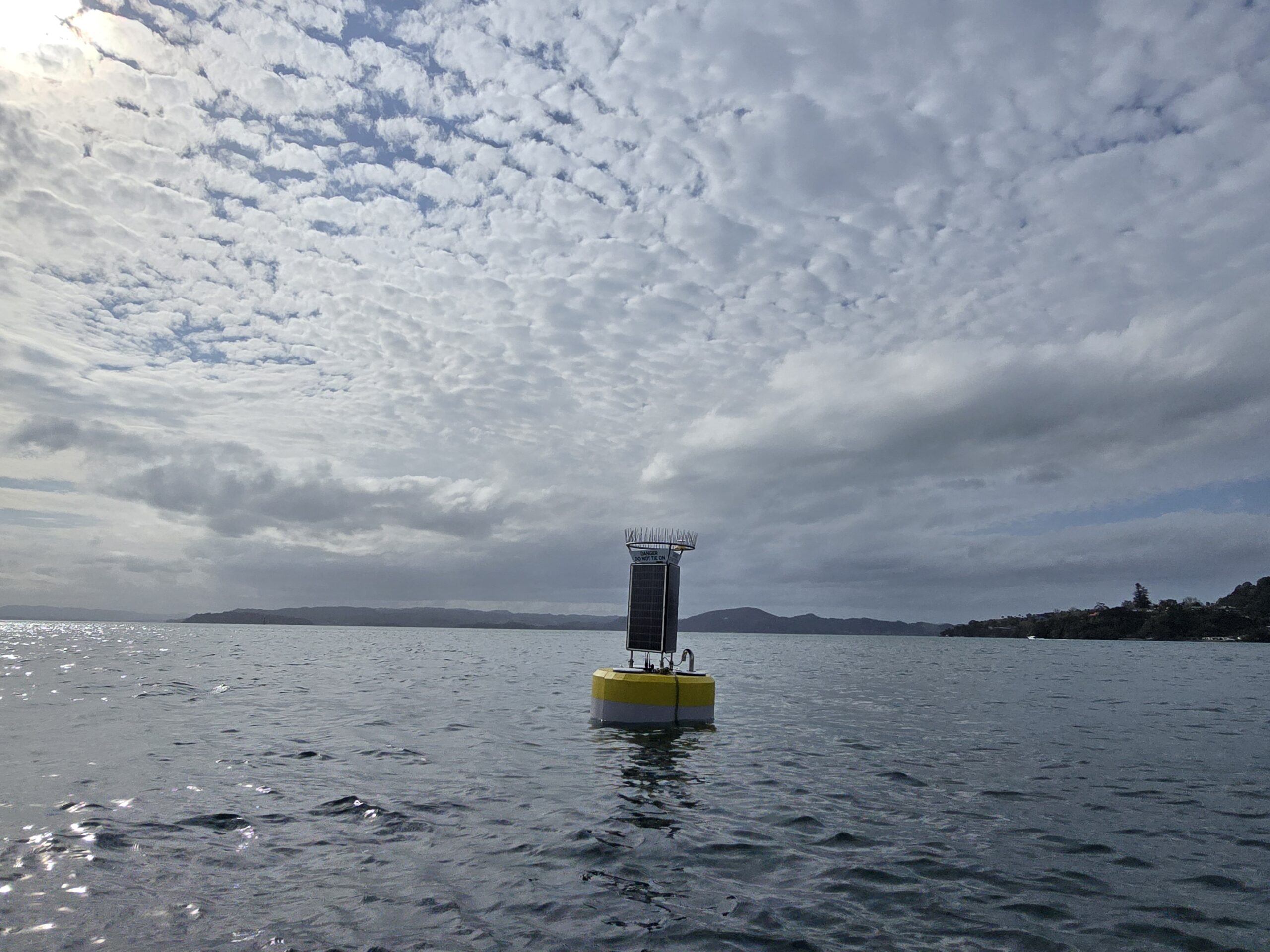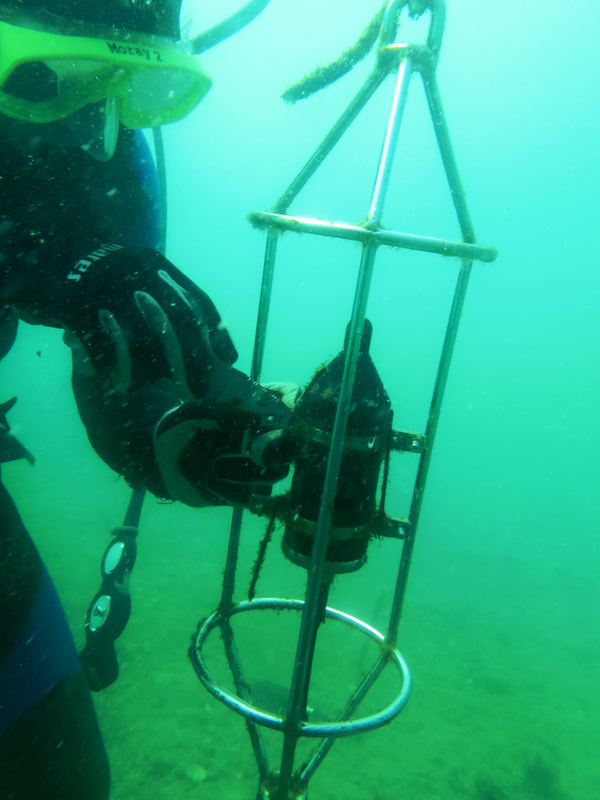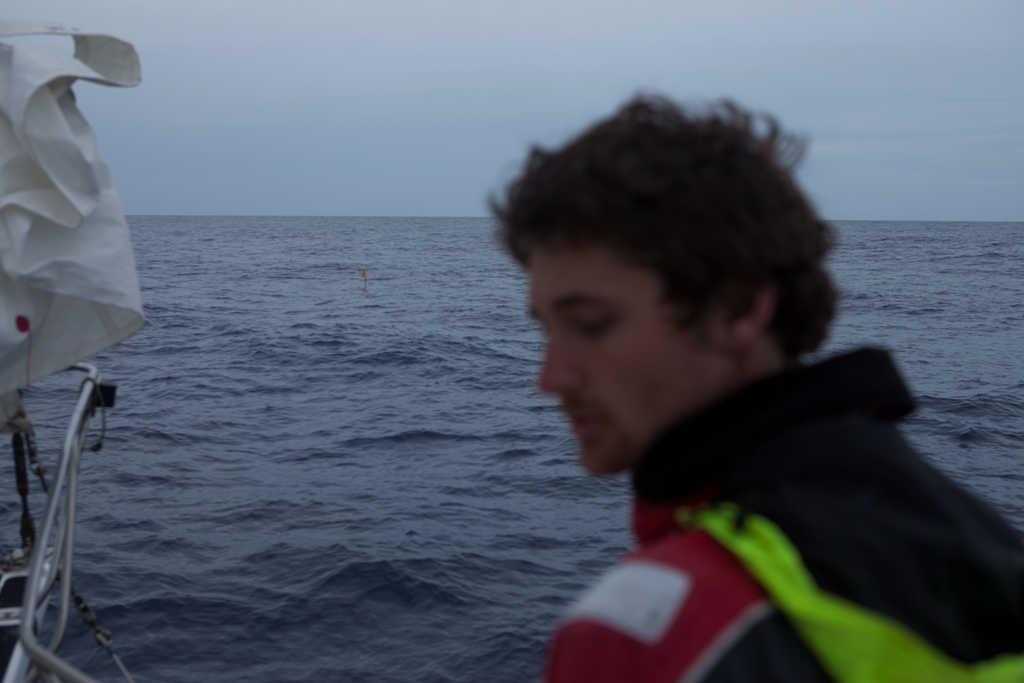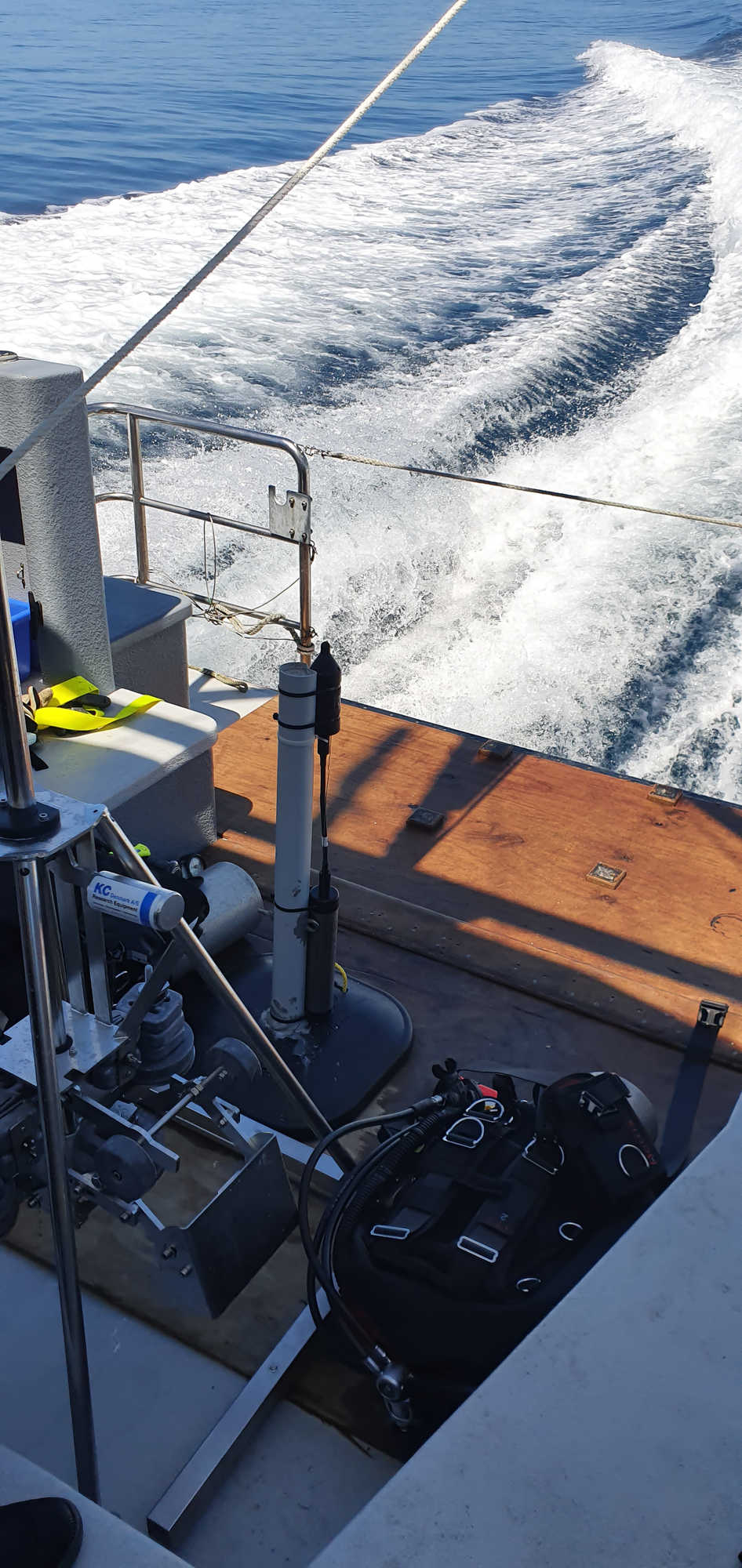Auckland, New Zealand, is where Ocean Acoustics Ltd was founded and is currently based. Studying the propagation loss of signals in shallow waters through modelling and empirical measurements during the pre- and post-consenting phase of coastal developments has become a key part of our daily work life in New Zealand. Using passive acoustics to monitor the presence of marine mammals around busy harbours and coastal developments, as well as seismic surveys, is also a key part of our New Zealand-based work.
Engagement with clients around the country has led to the development of state-of-the-art monitoring techniques and efficient data handling and software developments that have been tailored for each individual project (and client).
Current Projects:
Continued research and development of acoustic analysis software PAMScan, now FinFinder and Vessel
The arrival of affordable state-of-the-art underwater autonomous recorders to market has exploded in recent years. Underwater acoustics is now being used as a tool in a variety of marine fields, including marine habitat monitoring and animal presence. That means recording data from multiple sites simultaneously for extended periods of time is now possible, and being done all over the world. It also means big data – really big data. For example, one of our monitoring projects pulls in well over 22 TB a year.
In order to process all this data in good time, we have developed a suite of acoustic analysis software in-house. Originally a series of software packages named PAMScan, FinFinder and Vessel are our two key software programs that combine machine learning and traditional signal processing techniques to detect, classify and locate marine mammal and fish sounds, as well as vessel noise. In 2020, large-scale underwater noise modelling of vessel noise using a variety of data inputs, such as ship AIS data, was introduced to Vessel software.
FinFinder uses parallel computing to process raw acoustic files from any autonomous recorder, as well as real-time data acquisition systems and localisation arrays. Currently, the software incorporates detectors, classifiers and extraction of bioacoustic parameters for a wide range of baleen whales and echolocating dolphins. Users interact with the software using a GUI. It also has options for incorporating traditional detection methods that can be combined with machine learning to increase performance. The software’s detection algorithms are greatly accelerated using GPU arrays and/or parallel computing on a string of computers.
Vessel is a separate program that works like FinFinder but specifically for vessel noise. Being a spin-off from FinFinder’s source code, Vessel shares the same capabilities in processing real-time data streams or archived audio.
Since every project is unique in its objectives and deliverables, we have been able to further develop and improve the capabilities of our software. Custom-designed code for ambient soundscape analyses, noise measurements, eco-indices computations, noise budget calculations, sound source localisation and audio editing can all be undertaken in our software programs.


Cetalink in the Wild
Ocean Acoutics is currently trialing it’s Cetalink software in collaboration with three New Zealand based entities. The aim of these trials is to validate Cetalink’s detection capability, test it’s accuracy and to collect further marine acoustic data.
Styles Group Acoustics – Whangarei Harbour
On 26th September 2024, Northport deployed a Styles Group Ltd buoy running Cetalink, within Whangarei Harbour in Northern New Zealand. This was the first time that AI-based monitoring of marine mammals has been deployed in a permanent setting and will allow Styles Group to provide real-time information on dolphin and orca presence to Northport and relevant stakeholders.
The system is currently being trialed over the next few months while the detectors are compared with seafloor-mounted SoundTrap recorders.
World Cetacean Alliance, E-ko Tours & Styles Group Acoustics – Queen Charlotte Sound
The World Cetacean Alliance, along with E-ko and Styles Group, have developed a specialized dingy that is powered by Cetalink. The Cetalink software detects Hector’s dolphins, among other dolphins, within the bays and inlets that the boat is moored. Via StarLink or 4G, the moored dingy will be relaying acoustic detections of the echolocation clicks and buzzes of dolphins to E-ko Tours and Styles Group. The dataset curated by the system is aimed to provide stakeholders unprecedented information on dolphin presence within Queen Charlotte Sound.
Cawthron Institute – Tasman Bay
Cawthron Institute is set to install Cetalink on their TASCAM Buoy, which is on schedule for a January 2025 deployment in Tasman Bay. TASCAM is an coastal monitoring buoy located in Tasman Bay and transmits oceanographic data to Cawthron’s API and website. The addition of AI-based acoustic monitoring to their existing buoy will provide them with new capabilities in ocean monitoring.
The Cetalink system is installed alongside the existing oceanography instruments, sharing the same power source and solar panels.


Audio of detected bottlenose dolphins from Styles Group Ltd’s coastal buoy

Styles Group Ltd’s buoy running Cetalink, in collaboration with Northport.
Passive acoustic monitoring of whales and dolphins in the Cook Strait
Engaged by Cawthron Institute, OAL is working with Dr Deanna Clement and Dr Simon Childerhouse who deployed four SoundTrap recorders near east Cook Strait. The recorders were programmed to record continuously to monitor the presence of whales and dolphins by detection of their calls, whistles and echolocation clicks. Thousands of hours in total from all recorders have been collected and are being processed in PAMScan, exposing the presence of several whale species and dolphins over all hours of the day and night.
Past Projects:
Sound source verification of airgun pulse signals off Taranaki
OAL was engaged by Blue Planet Marine to perform the acoustic data analyses of 2-months of monitoring using four SoundTrap recorders. The aim of the project was to compare modelled airgun noise data with the empirical data, in addition to the official streamer-based verification data. Two custom-designed moorings were developed for this work, deployed within a commercial seismic survey area and the West Coast Marine Mammal Sanctuary off Taranaki. Data were processed in PAMScan, using the impulse signal detector, and ambient soundscape modules. The AIS data from the seismic survey vessel was also incorporated, generating a slant range for each measured airgun pulse detected, ranging from 120m to 70km.
Auditory masking from vessel noise for sensitive marine life in the Hauraki Gulf
The greatest impacts from anthropogenic underwater sound pollution are likely to occur in coastal areas with highly productive waters that are close to major port cities. Auckland City in New Zealand is such an example, as it is a port city at the base of the Hauraki Gulf, a large embayment (1.2 M Ha) that is characterised by highly productive coastal waters.
The biodiversity of the Hauraki Gulf Marine Park in northern New Zealand is regarded as outstanding and consequently has been protected through its own legislation, the Hauraki Gulf Marine Park Act 2000.
This research project was done in close collaboration with Assoc. Professors Craig Radford and Andrew Jeffs of the University of Auckland. Together, we investigated the detectability of vessel noise in marine mammals, fish and crustaceans The project looked particularly at recreational vessels that do not have automatic identification systems (AIS) and so not as easy to understand their movements within the Hauraki Gulf Marine Park as commercial shipping.
The findings show that the sound emanating from both recreational and commercial vessels within the Hauraki Gulf will be significantly raising background sound levels and is likely to have a wide-ranging masking impact on marine life.


Dr Matt Pine servicing the SoundTrap in the Hauraki Gulf, NZ.

Dr Matt Pine and Katie Pine of OAL searching for marine mammals while underway to the SoundTrap deployment site.







